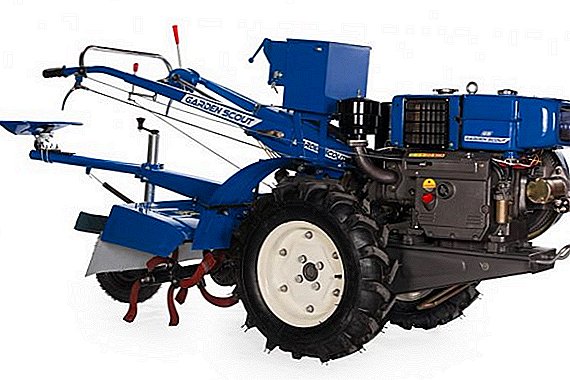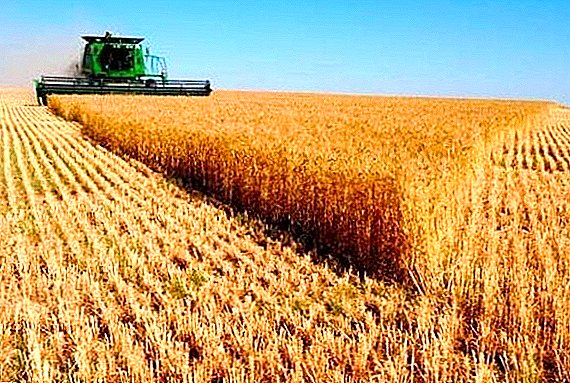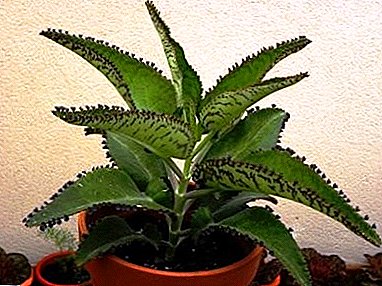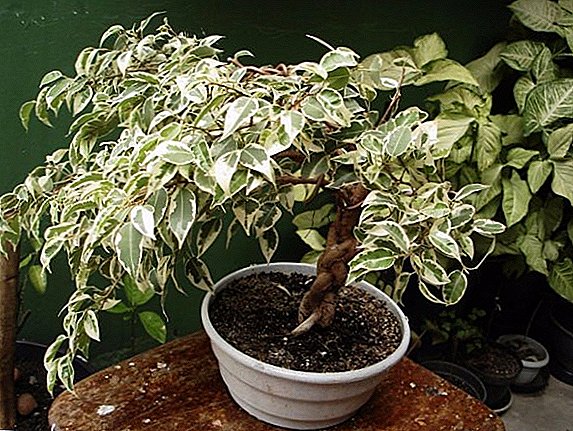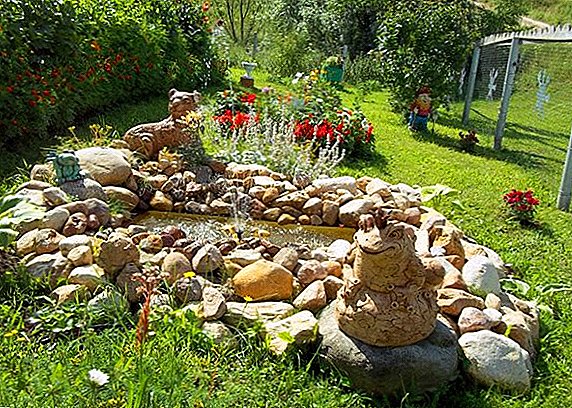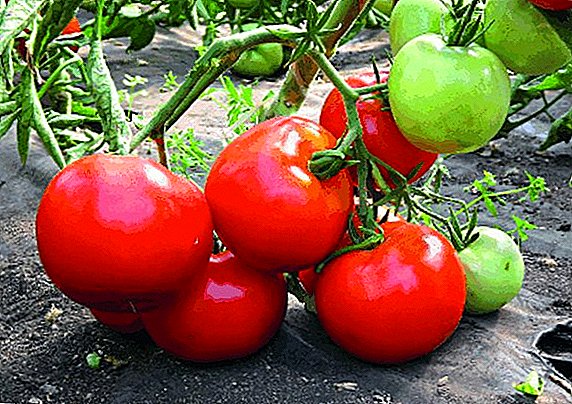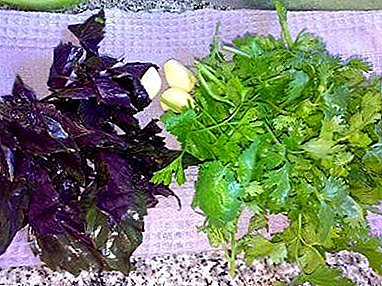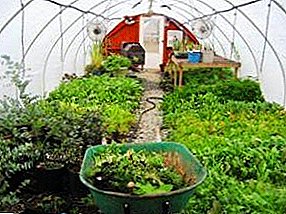
At the end of winter and early spring, the organisms of most people experience an acute lack of vitamins and fiber associated with the lack of fresh greens in the diet.
Purchased greens are usually of poor quality, sluggish, and therefore many are thinking about how to get one early.
To grow fresh greens in the cold will help special greenhouse for greenery. Moreover, the excess greens can always be sold and get additional profit.
Benefits and what greens can be grown in a greenhouse?
If desired, you can grow sorrel, cilantro and any other type of greenery.
This method of cultivation has a number of undoubted advantages:
- growing in a greenhouse allows you to grow greens in March or even in winter, in January-February;
- in the greenhouse You can create ideal conditions for a particular plant species. This will get rapid growth green mass and excellent taste;
- You can use a mini-greenhouse and grow greens in your own apartment: on the balcony, veranda, etc .;
- can grow several harvests per year.

The same greenhouse can be used for growing other cruciferous and umbrella crops (radishes, carrots and others).
Types of greenhouses?
Mini greenhouse
Compact greenhouse used for growing greens in the apartment. It is a glazed box, which, in turn, are smaller boxes filled with earth. Greens grow in them. The simplest version of such a greenhouse is the usual old aquarium, adapted to the new function.
Greenhouse
 A greenhouse is not even a greenhouse in the full sense of the word, but its simplified analogue. Represents construction of thick wire arches, which are stretched film.
A greenhouse is not even a greenhouse in the full sense of the word, but its simplified analogue. Represents construction of thick wire arches, which are stretched film.
There is no heating, it is replaced by the sun and rotting of manure and compost, which is introduced into the soil (fresh manure is best made by narrow paths on which there are no plants);
Classic option
Represents wooden frame greenhouse covered with foil or polycarbonate. You can also use old windows or other available materials for the greenhouse.
Greenhouse for greenery is usually less, than for other cultures because for heating there will be enough one potbelly stove, the infrared torch or the electric heater. The foundation can be made columnar.
Winter
This is more capital construction than the greenhouse for greenery. It is characterized by increased requirements for durability (for it must withstand a lot of snow in winter), insulation and lighting. Lighting must be regular, from 12 to 18 hours a day (depending on the culture). Use fluorescent lights.
Used for insulation double layer of covering material (usually films) and additional foil thermofilmThe northern and western walls of the greenhouse, the western slope of the roof are buried. The roof must be gable with a high ridge or in the form of an arch for the snow to slide down.
Greenhouse thermos
 This greenhouse dug into the ground at some depth (from a few centimeters to 2.5 meters). This is done in order to achieve better thermal insulation and save on materials for the walls (the walls may be low or absent altogether).
This greenhouse dug into the ground at some depth (from a few centimeters to 2.5 meters). This is done in order to achieve better thermal insulation and save on materials for the walls (the walls may be low or absent altogether).
Preparatory work
Before building a greenhouse, you should decide on its appearance.
If we are talking about a mini-greenhouse, then a special place for it is not required: it will stand on the veranda or balcony, and will be mobile.
For other types of greenhouses you need to choose and clear the place. Best if this is rectangular areaoriented along the north-south axis. Its dimensions may be smaller than the size of a greenhouse for cucumbers or tomatoes. The width should not exceed five meters, the length can be ten meters. If you are going to grow greens only for myselfenough size 2.5x5 meters.
Then decide on the materials and sketch out the final draft.
After that you can proceed to foundation construction. With such dimensions, a sufficiently columnar foundation. Shovel or auger dug pits, which are buried in wooden poles.
To prevent them from rotting, they need to be treated with an antiseptic and / or painted. You can also charcoal on the fire that part, which will bury. As an option, concreted pillars or use a casing of plastic or the same concrete.
Prepare the need and frame materials. Wood is cleared of nails or screws and treated with an antiseptic, iron can be painted, etc. The film, polycarbonate or glass is laid out and cut into pieces in accordance with the dimensions provided for in the drawing.
The film is cut with a knife, scissors or blade, polycarbonate with a saw, grinder or scissors for tin, and glass with a glass cutter.
For large greenhouses, you can use the strip foundation or concrete, wood or cinder block.
A photo
Visually identify the main elements in the construction of greenhouses for greenery with their own hands, you can in the photo below:





Build a greenhouse for growing greens all year round with their own hands
- As mentioned in the previous paragraph, start off construction needs from the foundationWhich can be columnar or tape and consist of different materials, depending on the possibilities.
- Then you need to go to frame assembly. With a columnar foundation, the pillars themselves are part of the framework to which other elements are attached. If the foundation is tape, vertical supports are installed in specially provided holes and filled with concrete.
- Since the greenhouse is winter, you can do small base up to half a meter high, and if the foundation is columnar, then the basement can be replaced with a formwork of boards nailed on both sides of the pillars to form a double wall.
The space between these layers can be filled, for example, with mineral wool. Such protection will serve not only as thermal insulation, but also protects the film greenhouse in the winter from breaking through with snow and ice.
 When the concrete froze, you can proceed to the next stage of assembly.
When the concrete froze, you can proceed to the next stage of assembly.Items can be fastened with nails, but since a year-round greenhouse needs increased strength, it is better to fasten them with bolts and nuts through pre-drilled holes. Be sure to include a gable or arched roof, from which snow will slide down, and two doors at the ends.
Small greenhouse windows are not neededbut if the width reaches 5 meters and the length is 15-20 meters, one or several windows should be provided.
- In the roof should be provided place for pipe (plank square with a hole centered on the size of the pipe). If there are several ovens, prepare a few such places.
- When the frame is ready, you need to think heating and lighting. For lighting you need electricity (extension is enough), and hooks on the ceiling for lamps. For heating, you can use the stove or any other stoves.
- Covering material needs two layers. The film is nailed to the frame from above and from the inside through shingles (long yards), the polycarbonate is fastened with the help of large washers. Then, the northern and western sides can be additionally sheathed from the inside with foil film, which will reflect the sun's rays inside the greenhouse and provide better thermal insulation.
- Last set vertical chimney.
After that, the greenhouse is ready for use.
Those who chose the film as a covering material should know that there is a special frost-resistant film that is ideal for year-round greenhouses.
Conclusion
Greens all year round are tasty, useful and beneficial, because the surplus can be sold to neighbors or sold on the market. For the cultivation of greenery you need a greenhouse, which can have different sizes, from the size of a home aquarium to quite solid, reaching 30 meters in length. Fortunately, you can build such a greenhouse yourself without any problems.


 When the concrete froze, you can proceed to the next stage of assembly.
When the concrete froze, you can proceed to the next stage of assembly.
